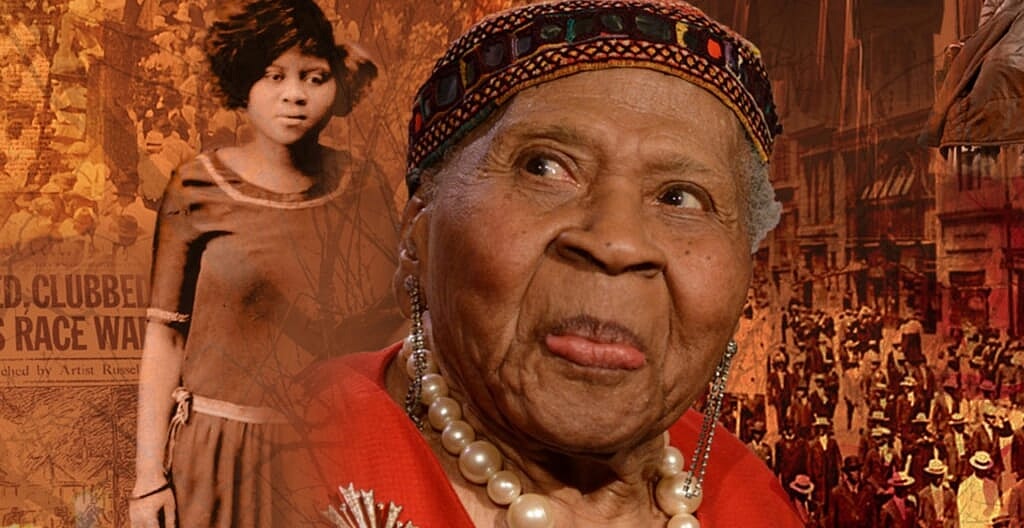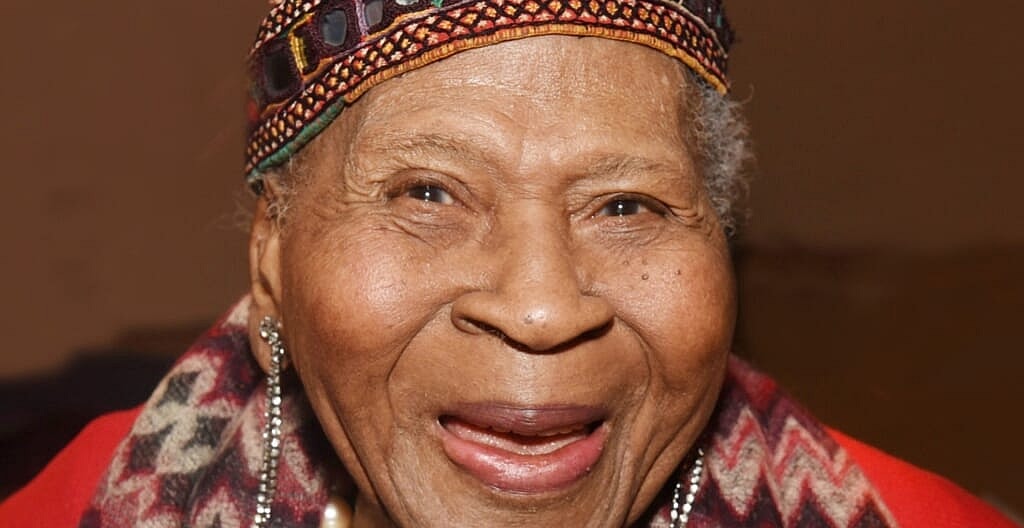It’s been nearly two years since Mamie Lang Kirkland passed away, but her beautiful rounded cheeks and gentle smile will never be forgotten after her son, Tarabu Betserai Kirkland, documented the final years of her life.
As he asked her to recount stories from her youth, Mamie Kirkland’s son realized that his mother’s experiences should be recorded. Those video recordings eventually became a documentary that would be known as 100 Years From Mississippi.
Before she died, Kirkland was noted as the second oldest resident of Buffalo, New York. She was 111 with “almost 160 grandchildren and nothing to prove” as Tarabu said in his documentary.

In the early minutes of the film, Kirkland said, “There have been two World Wars, the atomic bomb, the [Great] Depression that almost starved us to death.” She added that she’s “lived through 20 presidents” but described former President Donald Trump, or, “the man with the funny hair,” as she put it, as the “worst” in her time.
While it’s no doubt that Kirkland probably had many stories about all of the things that she has seen, her son mainly focused on the time when her family migrated out of Ellisville, Mississippi to East St. Louis, Illinois to flee a lynch mob. Kirkland recalls being just 7 years old in 1915, when her father came home and told her mother that they had to leave because a lynch mob was after him and his friend, John Hartfield.
Hartfield was accused of having a “consensual romantic relationship” with a white woman, and, to the day that she recorded the documentary, Kirkland says she still has no idea why they were after her father. In 1919, Hartfield decided he would return to Mississippi despite Kirkland’s father warning him not to. When he returned, the lynch mob captured him and beat him with clubs, and shot him.
The mob then ordered the doctors to keep him alive until the next day, when they would then hang him. While making the documentary, Tarabu shockingly got an email from a friend who found an old newspaper from 1919, which was about Hartfield’s lynching. This was the first documented proof that Tarabu had about Hartfield’s lynching besides his mother’s stories.
The headline reads, “John Hartfield Will Be Lynched By Ellisville Mob At 5 O’Clock This Afternoon.” A reporter who witnessed the lynching recounted in the newspaper that 10,000 people were present, and as Hartfield hung, the mob fired at least 2,000 bullets into his body. They eventually cut him down and set his body on fire.

Over the years, Tarabu shared that he tried convincing his mother to go back, and for years she wouldn’t hear of it. But at 107 years old, exactly a century after her family fled the city, she finally agreed to go back to Ellisville. Through the description of the newspaper and photos from the lynching, Tarabu, his mother, and presumably other family members, tracked down an area close to where they believed the horrific incident occurred.
Speaking at an Equal Justice Initiative event, Kirkland said, “I left there a frightened little girl at 7 years old, but you know what, I’m not frightened anymore.”
Tarabu showed his mother a final cut of the film on Dec. 26, 2019, and two days later, she passed away.
This documentary has won many awards, including Best Documentary at the Harlem International Film Festival, Best Documentary Feature at the National Black Film Festival, and Best International Film Festival Audience Award.
Have you subscribed to the Grio podcasts, ‘Dear Culture’ or Acting Up? Download our newest episodes now!
TheGrio is now on Apple TV, Amazon Fire, and Roku. Download theGrio today!

